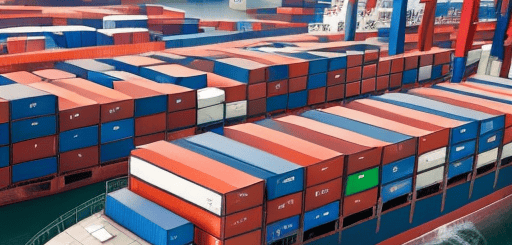Managing international distribution channels requires strategic planning, effective execution, and continuous optimization to achieve success in global markets. By selecting the right distribution channels, building strong channel partner relationships, and implementing robust logistics and supply chain management practices, businesses can optimize market reach, maximize sales potential, and drive growth and profitability in international markets.
Managing international distribution channels presents unique challenges and opportunities for businesses operating in global markets. From logistics and inventory management to channel partner relationships and market expansion strategies, effective distribution channel management is essential for optimizing market reach, maximizing sales potential, and driving growth in international markets. Here, we explore strategies and challenges in managing international distribution channels and achieving success in global market penetration.
Understanding International Distribution Channels
- Channel Selection:
Selecting the right distribution channels is critical for reaching target markets, meeting customer needs, and achieving strategic business objectives. Consider factors such as market segmentation, channel preferences, and competitive dynamics when evaluating distribution options, including direct sales, agents, distributors, wholesalers, and e-commerce platforms, to optimize market coverage and penetration in global markets.
- Channel Partner Relationships:
Building strong relationships with channel partners is essential for driving success in international distribution channels. Invest in partner training, support, and incentives to foster loyalty, trust, and collaboration with channel partners, ensuring alignment with business goals and objectives and enhancing channel performance and effectiveness in global markets.
- Logistics and Supply Chain Management:
Effective logistics and supply chain management are critical components of successful international distribution channels. Streamline logistics processes, optimize inventory management, and leverage technology solutions, such as supply chain visibility platforms and warehouse management systems, to improve efficiency, reduce costs, and enhance service levels in global distribution operations.
Strategies for Managing International Distribution Channels
- Market Segmentation and Targeting:
Segment target markets based on demographic, geographic, and psychographic factors to tailor distribution strategies and channel offerings to meet the unique needs and preferences of diverse customer segments in international markets. Customize marketing messages, product assortments, and pricing strategies to maximize relevance and appeal to target audiences across different markets.
- Channel Performance Measurement:
Monitor and evaluate channel performance metrics, including sales performance, market share, customer satisfaction, and channel partner feedback, to assess the effectiveness of international distribution channels and identify areas for improvement and optimization. Utilize data analytics and performance dashboards to track key performance indicators (KPIs) and make informed decisions to drive channel excellence and success in global markets.
- Adaptability and Flexibility:
Remain adaptable and flexible in managing international distribution channels to respond effectively to changing market conditions, customer preferences, and competitive dynamics. Anticipate market trends, regulatory changes, and emerging opportunities, and adjust distribution strategies, channel configurations, and market expansion plans accordingly to capitalize on evolving market dynamics and drive sustainable growth in global markets.
#DistributionChannels #InternationalBusiness #GlobalMarketing #SupplyChainManagement #ChannelManagement #MarketSegmentation #Logistics #BusinessStrategy #GlobalExpansion #MarketPenetration
Read more views















































































